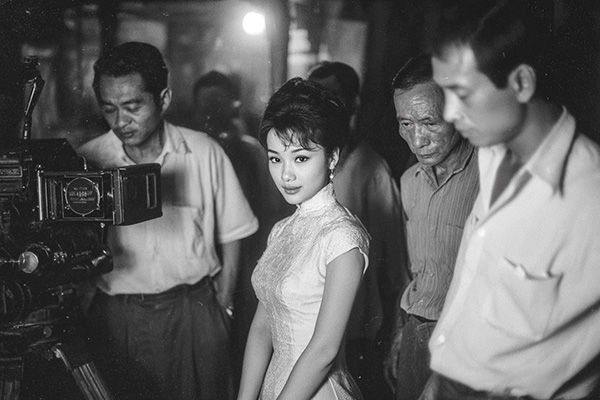
The Rise and Fall of Cinematique Filmworks
Long before the Skytrain, the neon towers, and the mega-malls, Phra Khanong was Bangkok’s movie capital. Every weekend, crowds would arrive not by car or train, but by boat, floating in from the canals for a glimpse of the silver screen. The neighborhood boasted six grand cinema houses, including what was then the largest movie palace in Southeast Asia. At the heart of it all was a modernist industrial building humming with light and motion: Cinematique Filmworks.
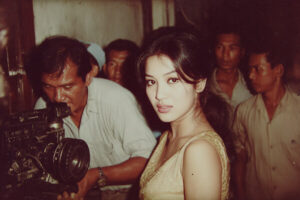
Founded in 1967 as an ambitious Thai-American collaboration between producer-director Lalawan Nakaratkul and her American cinematographer husband, Philip Kay, the studio emerged during a time of rapid transformation in Thailand. Their marriage alone was a subject of gossip and raised eyebrows, but the work they created together broke real ground. Cinematique Filmworks was one of the first production houses to release bilingual films, reaching both domestic Thai audiences and the wave of foreign nationals arriving in Bangkok alongside American military and global corporations.
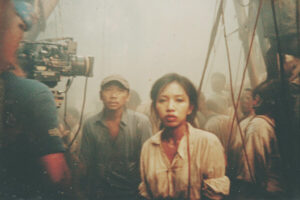
What followed was a decade of ambition. Cinematique released historical epics, fantasy films, jungle adventures, and stylized spy thrillers. The ‘Phaya Nak’ horror franchise — starting with ‘Rise of Phaya Nak’ and climaxing in ‘The Serpent’s Curse’ and ‘Fall of Phaya Nak’ — became a cultural phenomenon. Their ghost films terrified audiences, and their action stars filled the tabloids.

Tragedy struck in 1980, during the filming of the climactic scene of “รังอินทรีแดง (Red Eagle’s Nest).” The studio’s leading man, a beloved national icon, fell to his death while performing a dangerous stunt.
His loss marked the start of the studio’s decline. Production delays, rumored debt, and internal conflict followed. The ambitious follow-up, ‘พญานาค๖ (Return to the House of Phaya Nak),’ became a logistical and creative disaster. Filming halted, and crews walked off set. Some said the studio was cursed.

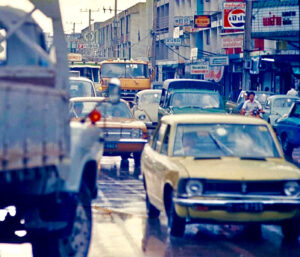
Equipment, scripts, maps to remote shooting locations, old love letters were all left behind. Even today, no one knows exactly what happened. Some said Lalawan and Philip split and disappeared. Others whispered about mafia debts, or darker things. The truth was never found, and the studio was forgotten.
The building was reopened as a movie theatre in a neighborhood already crowded with them just as the age of cinema palaces was ending. It did not last long.
Phra Khanong fell out of favor; the city moved on.
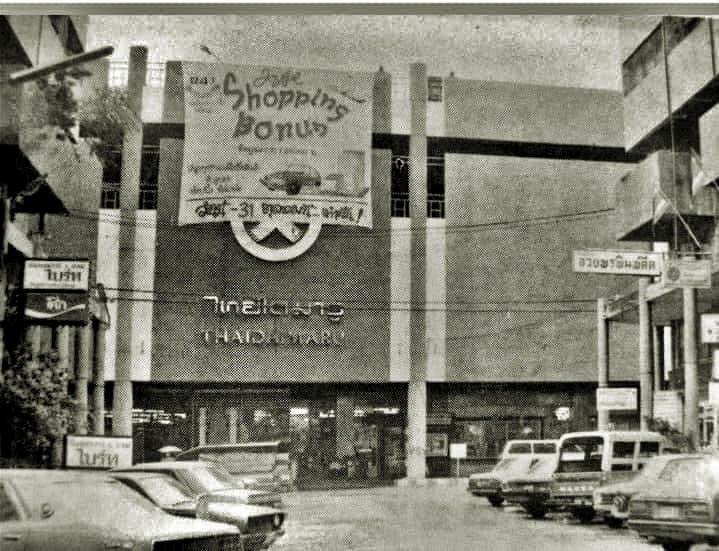
A Second Take
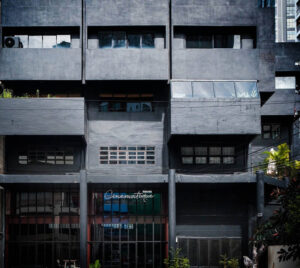
Today, nearly 40 years later, the reels have begun to spin again.
Renovated with great attention to detail by a writer and journalist couple, lifelong cinema lovers, the heritage building has been carefully restored into Cinematique, a boutique cinema hotel in Bangkok paying tribute to Thailand’s lost golden age of film. Each room is a restored set from a different lost production. Props, costumes, and furnishings have been preserved or rebuilt with obsessive care, using archival materials recovered from the studio.
Phra Khanong has also reemerged as one of Bangkok’s most exciting neighborhoods. Alive with music, street food, culture, and local life, it still resists the glass-and-steel sterility that has overtaken much of central Bangkok. Staying here offers a unique stay in Bangkok that blends nostalgia, mystery, and artistry.
And yet the mystery of what really happened to Cinematique Filmworks remains.
Scattered throughout the rooms — tucked inside drawers, behind mirrors, in the folds of old scripts — are clues left behind. Taken together, they may reveal what truly happened that final year. Guests who stay with us are invited not just to enter their own cinematic story — but figure out how it ends.
